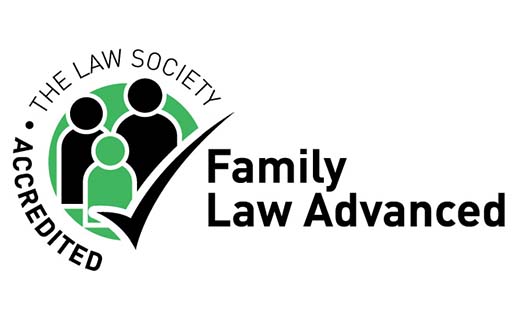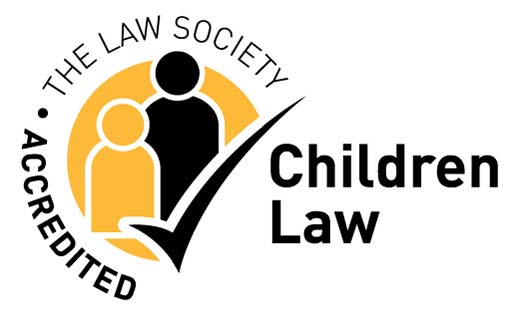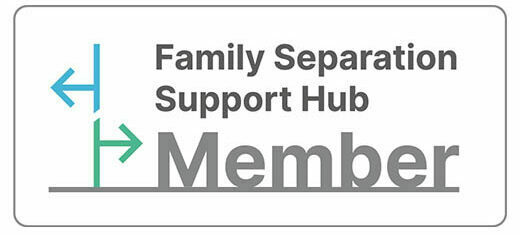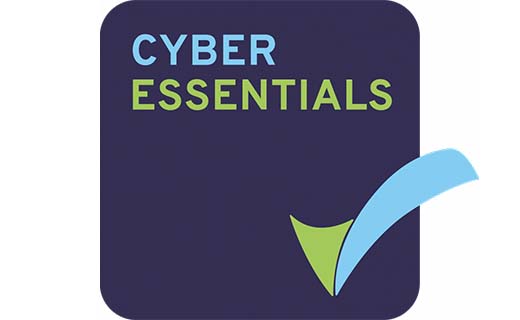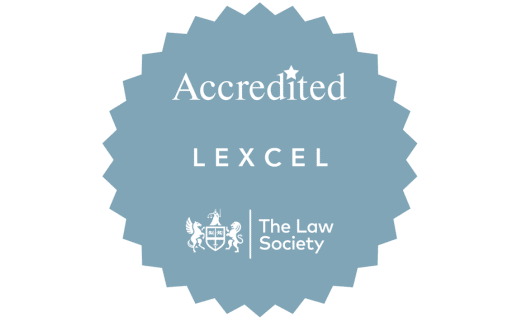If a relationship breaks down and there are children in the picture, arrangements must be made to determine how the child’s time is divided between parents. In some cases, a child will spend most or all of their time with one parent, while in other cases, the child’s time may be split equally or somewhat evenly between the two.
Regardless of the arrangements that have been made, there may still be one parent who is responsible for the primary day-to-day care of the child and, therefore, who will have greater everyday financial responsibility for the child.
In situations where parents have been unable to agree on a private arrangement for sharing these costs, the Government’s Child Maintenance Service can help.
Child Maintenance Explained
Child Maintenance is an agreed payment arrangement that helps to more evenly distribute the costs of caring for a child when a relationship breaks down. If one parent is deemed to have greater day-to-day responsibility than the other, the scheme enables that parent to receive financial support from the other parent.
Records show the number of children supported through the Child Maintenance System is growing significantly. In the two years between September 2019 and September 2021, an additional 80,000 children were added to the scheme.
The payments are intended to cover a portion of the everyday cost of care for the child. This means that Child Maintenance can reasonably be used for purposes such as food, clothing, and hygiene items, along with any necessary school supplies and similar items.
The receiving parent does not have to prove what the payments are spent on. However, should the paying parent raise a concern that the payments are not being spent in the best interests of the child, it can help to keep a record.
Unless circumstances change, Child Maintenance must continue to be paid until the child reaches their 16th birthday, or until they turn 20 if they remain in education or enter into an approved training programme. Contrary to popular belief, Child Maintenance payments do not stop should the receiving parent choose to remarry.
How Much is Child Maintenance?
There is no set amount that parents will pay or receive through the Child Maintenance Service. There are a number of factors taken into account, including:
- The paying parent’s income
- Financial responsibilities of the paying parent (eg. another child)
- How the child splits their time between parents
The exact amount is determined in accordance with the Child Maintenance Scheme 2012. An online calculator can be used to calculate a guideline figure.
The amount can be paid in one of two ways: either directly between parents (‘Direct Pay’), or through the Child Maintenance Service (known as ‘Collect & Pay’).
When using the ‘Collect & Pay’ service, the paying parent will be required to pay a fee of 20% (added to the payment), and the receiving parent will need to pay 4% of the amount (deducted from the payment). For this reason, most opt to use ‘Direct Pay’. In September 2021, 240,000 more people used ‘Direct Pay’ than used ‘Collect & Pay’.
Child Maintenance has a non-compliance rate of just under 30%. Regardless of whether you use Direct Pay or Collect & Pay options, the Child Maintenance Service will apply enforcement charges to encourage the paying parent to comply.
Child Maintenance Alternatives
While the Child Maintenance Service is a critical system helping to ensure that children remain cared for following the breakdown of a relationship, it can be costly given the fees, and it may be upsetting for children if the service has to be involved.
However, for parents who feel they are able to make alternative plans together in a safe and amicable manner, a family-based child maintenance arrangement can be more affordable and less disruptive, with no need for outside involvement.
A family-based child maintenance arrangement is a private agreement between parents that outlines how the costs of the child’s everyday care and living will be covered. This type of arrangement is more flexible than the Child Maintenance Service. For example, rather than making regular payments, the paying parent can instead agree to cover all extracurricular activities. It gives parents more flexibility and scope to come to an agreement that works best for them and their children.
While a family-based child maintenance arrangement isn’t legally binding, a family solicitor can help to put in place a mutually agreeable payment schedule that suits both parties. A schedule may include how often payments are made and received, what the payments should be used for, and plans for any missed payments. If you’d like help with child maintenance arrangements, speak to our family law team today.





